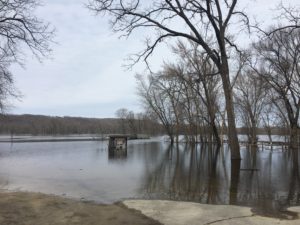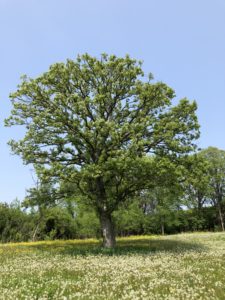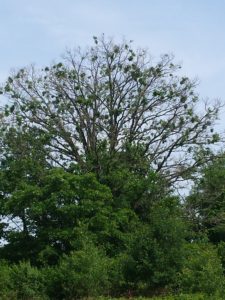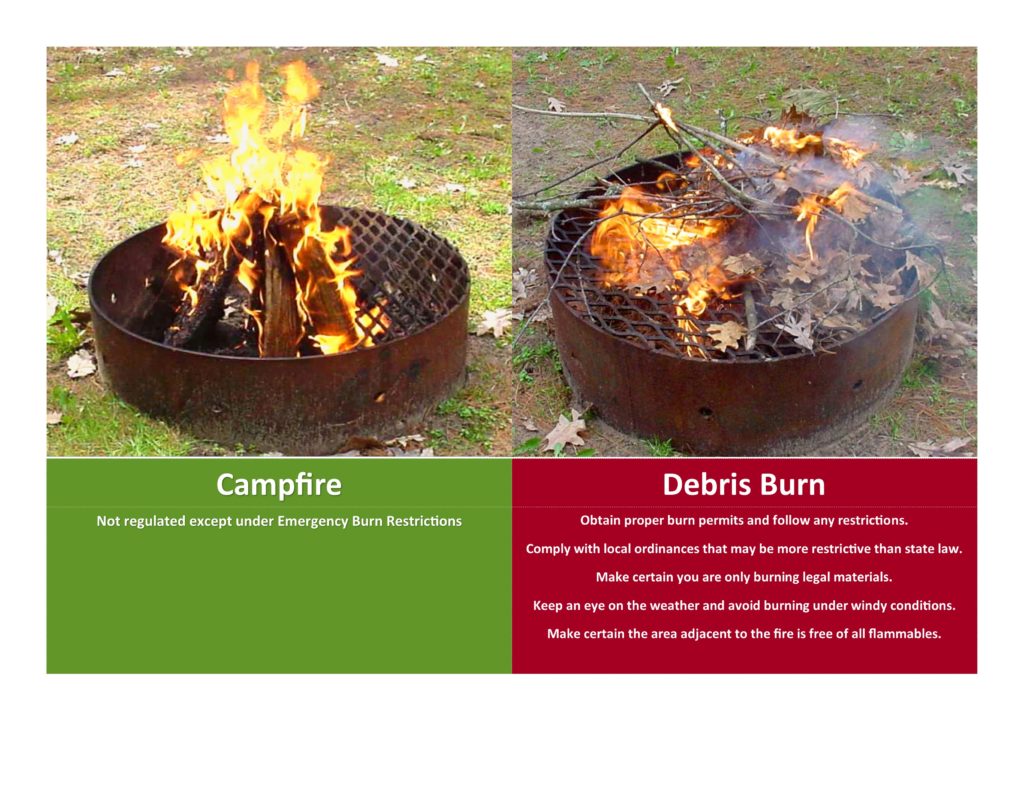By Todd Lanigan, forest health specialist, Eau Claire, Todd.Lanigan@wisconsin.gov, 715-210-0150
Fall webworm started showing up in early July. This native insect feeds on deciduous trees and shrubs and appears every year in yards and forests. Fall webworm forms loose webbing over branch tips. It can even completely cover a small tree with webbing. Inside the webbing you will find both live and dead caterpillars, partially eaten leaves and frass (caterpillar poop).
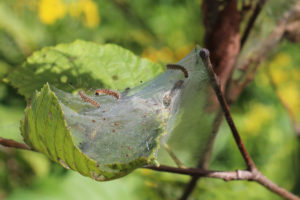
Fall webworm larvae feed within webbed enclosures at branch tips. Credit: Courtney Celley, USFWS
Fall webworm is more of a cosmetic issue than a tree health problem, but if people are concerned, they can take some simple measures to remove them. Open up the webbing using a rake, fishing pole, long stick or another long tool.. This will allow predators to get at the caterpillars inside. Or people can use their tool to roll up the webbing, peel away from the branch and place the entire web in a container of soapy water for a couple of days.
Insecticides can also be used to control this insect. If you decide to go this route, make sure the insecticide is labeled for caterpillars/fall webworm and that it will penetrate inside the webbing. With all pesticides, the user needs to carefully read and follow label directions.
As a native insect, fall webworm defoliation is unlikely to cause any harm to healthy trees. Use a control method described above if you are concerned about the aesthetics of a defoliated tree. Do not prune off the branch or burn the nest. Burning will cause more harm to the tree than the caterpillars will. For more information about fall webworm, visit this page from Michigan State University Extension.
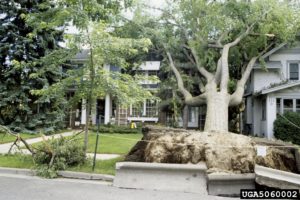

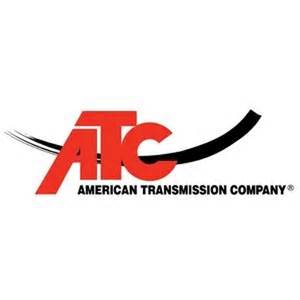
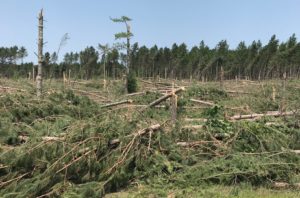 Severe storms swept the northwest, northeast, and west central portions of the State from Friday, July 19th through the evening of Saturday, July 20th. The storms consisted of severe straight-line winds, large hail, heavy rains, and tornadic activity, resulting in significant tree damage on both public and private properties. Left unchecked, damaged trees can also result in major economic losses and create significant forest management problems. The DNR has been partnering with local municipalities to assist with recovery efforts by helping with debris removal.
Severe storms swept the northwest, northeast, and west central portions of the State from Friday, July 19th through the evening of Saturday, July 20th. The storms consisted of severe straight-line winds, large hail, heavy rains, and tornadic activity, resulting in significant tree damage on both public and private properties. Left unchecked, damaged trees can also result in major economic losses and create significant forest management problems. The DNR has been partnering with local municipalities to assist with recovery efforts by helping with debris removal.